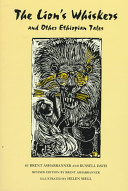
A collection of folktales from the nine tribes of Ethiopia, along with two stories from Ethiopia’s religious traditions.

A collection of folktales from the nine tribes of Ethiopia, along with two stories from Ethiopia’s religious traditions.
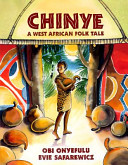
Poor Chinye! Back and forth through the dark forest she goes, fetching and carrying for her cruel stepmother and lazy stepsister. Terror lurks behind every tree, and ghostly figures cross her path–but strange powers are watching over her, and waiting somewhere in the moonlight is a hut piled high with magic gourds.
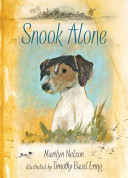
Through the power of faith, a monk named Abba Jacob and his loyal rat terrier, Snook, are reunited after being separated by a ferocious storm.

Mcheshi’s uncle, a game ranger, takes her and her brother Mungwana for a ride through a game park.
Kassim succumbs to pressure to abandon his old shoes but has trouble discarding them.
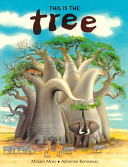
A lyrical description of the ancient baobab tree and how it provides shelter and nourishment to wildlife of the African plain.

Because Osebo the leopard won’t share his magnificent drum with anyone, Nyame the Sky-God offers a reward to whichever animal presents the drum to him.
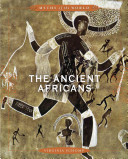
A retelling of several ancient African myths, with background information describing the history, geography, belief systems, and customs of various peoples of Africa.
In this Ivory Coast legend, Api and her family are repaid for their kindness to a stranger with a mysterious warning to leave their village and go to the other side of the river Amman.